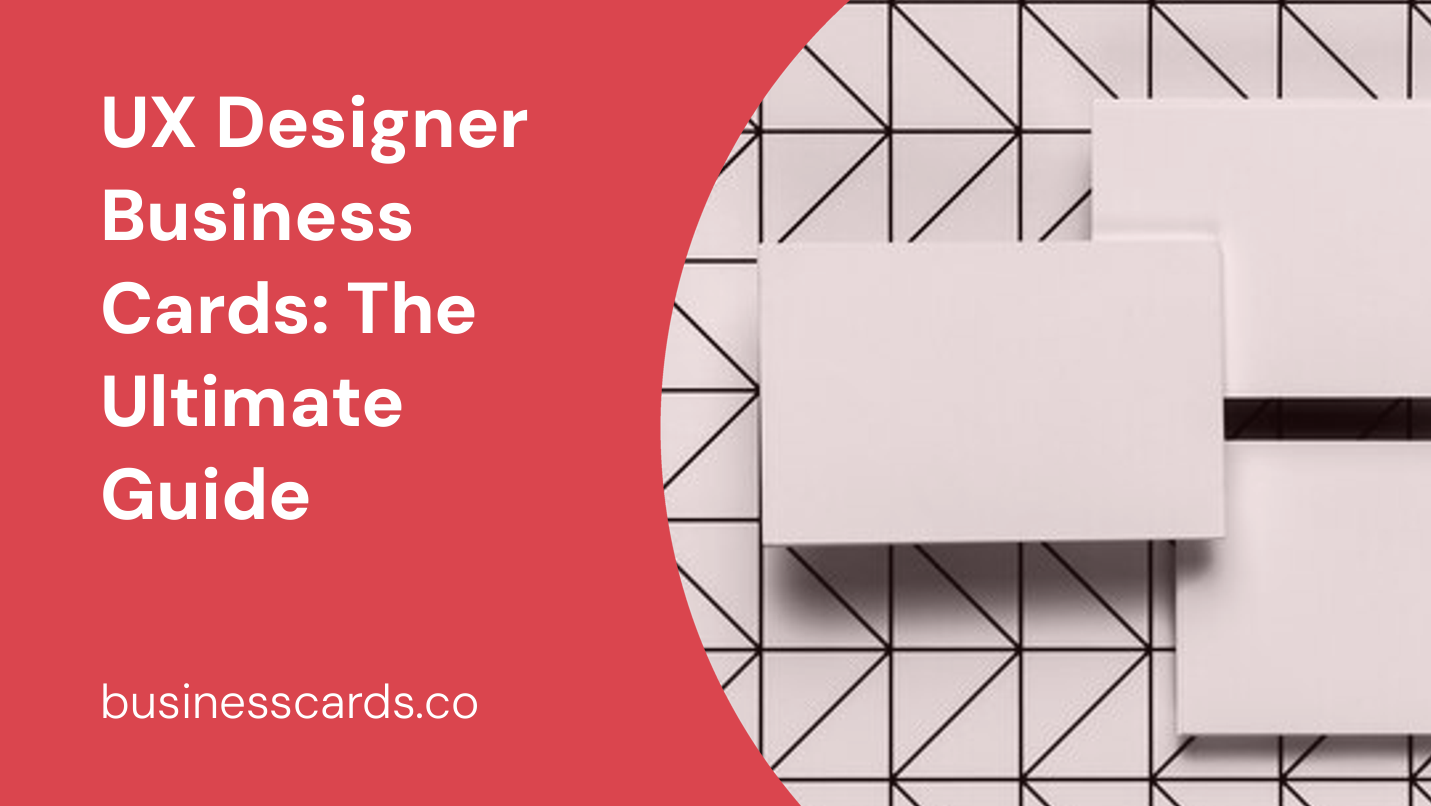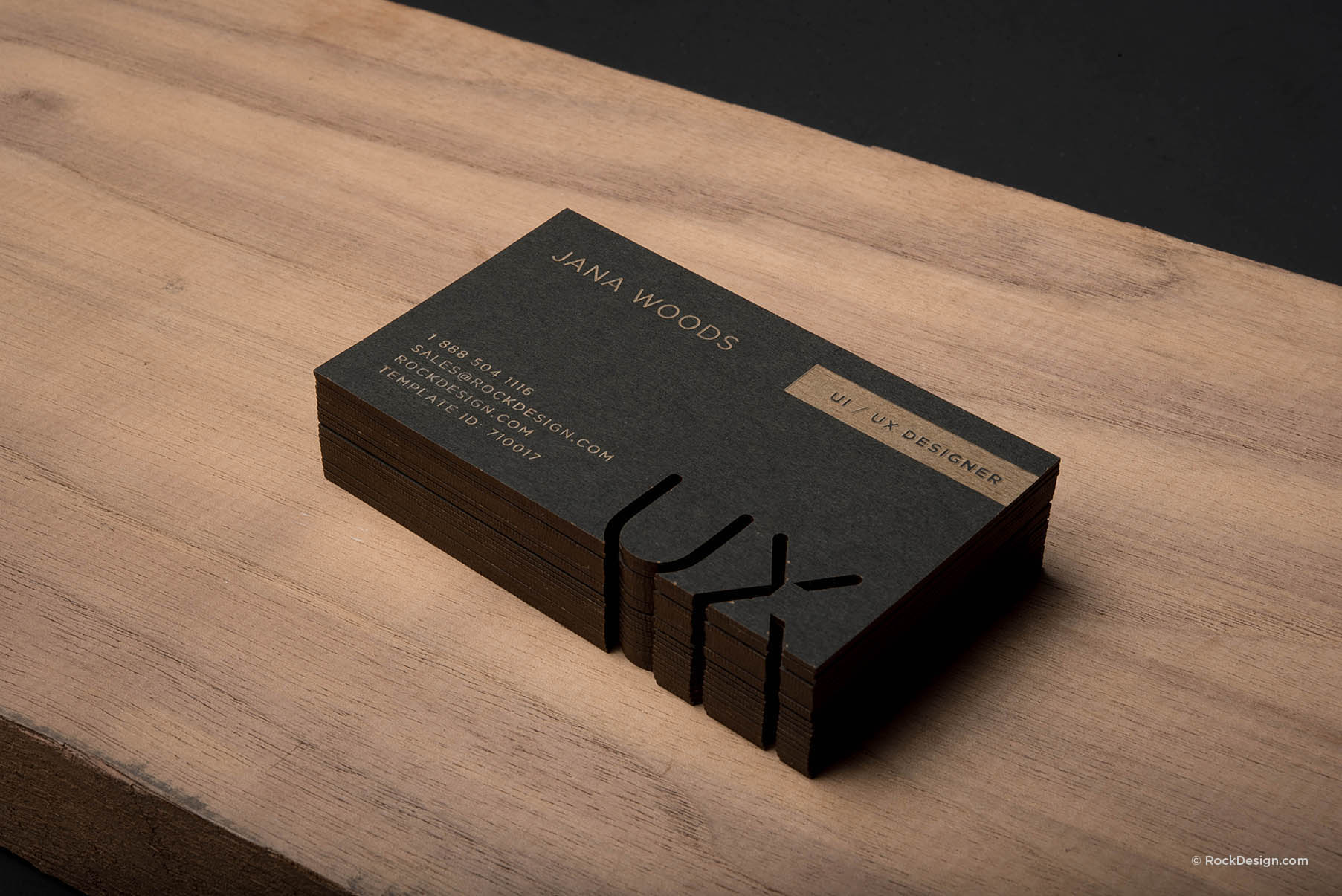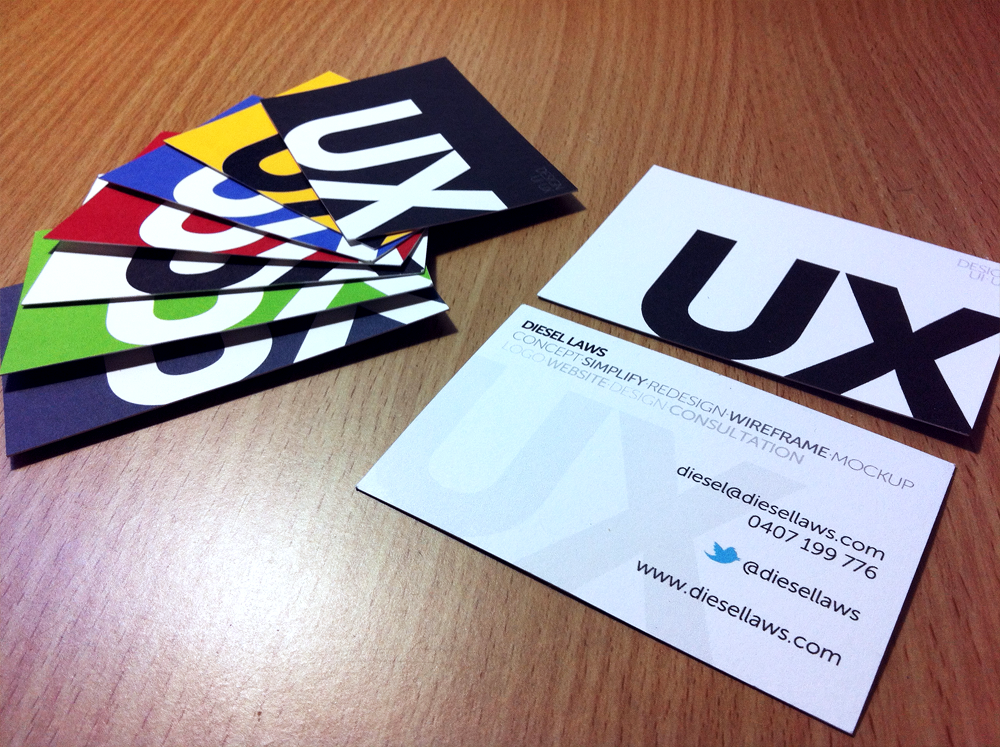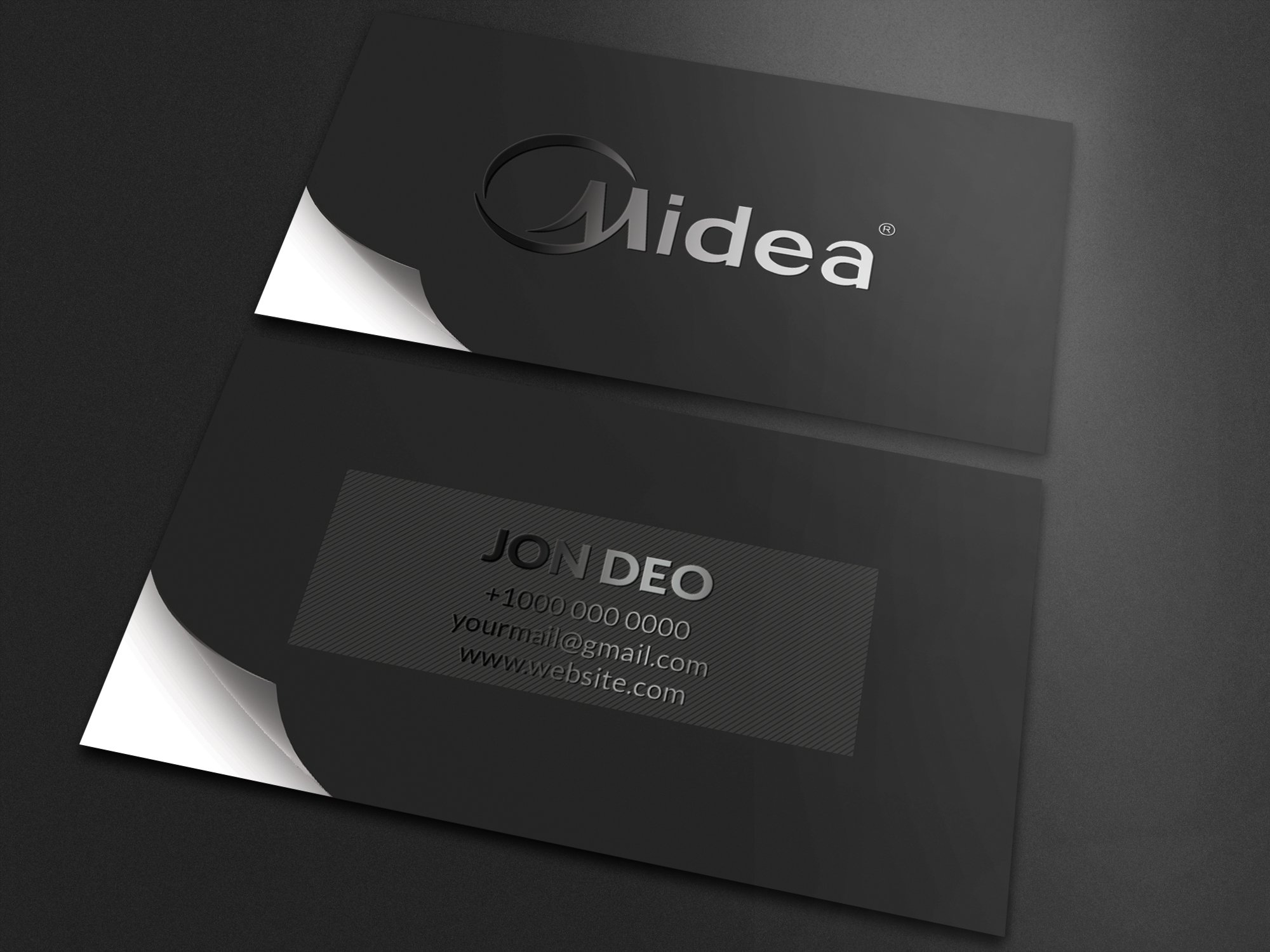
Are you a UX designer looking to make a lasting impression on potential clients or employers? Look no further than the power of a well-designed business card. Despite the digital age we live in, business cards remain a critical tool for professionals to network and establish a memorable presence. In this article, we will explore everything you need to know about creating the perfect UX designer business cards that will leave a lasting impact.
The Importance of UX Designer Business Cards

With the rise of online portfolios and digital networking tools, you might question the necessity of a physical business card. However, business cards hold a meaningful place in the professional world, acting as tangible reminders of a connection made and making your brand memorable amidst a sea of digital noise.
Networking Made Easy
Attending networking events, conferences, or simply meeting potential clients on the go, having a UX designer business card readily available makes networking a breeze. Sharing contact information in a swift and professional manner establishes credibility and fosters future collaboration.
Brand Building
Your business card is a reflection of your personal and professional brand. The design, color scheme, typography, and overall aesthetic should align with your image and create a cohesive representation of your work. A well-designed business card can elevate your credibility and differentiate you from your competition.
Unforgettable First Impressions
In a competitive industry like UX design, it’s crucial to leave a lasting impression on potential clients or employers. A well-crafted business card with thoughtful design elements can create a memorable experience that sets you apart, even long after the initial interaction.
Key Elements of UX Designer Business Cards

Now that we understand the importance of UX designer business cards let’s dive into the key elements that make them effective and visually appealing:
1. Design and Layout
The design and layout of your business card should be clean, professional, and visually appealing. Keep in mind the principles of UX design, such as clarity and simplicity, when designing your card. Use ample white space, legible fonts, and a balanced composition to ensure a visually pleasing result.
2. Color Scheme
Choose a color scheme that aligns with your personal brand. Consider using colors that evoke certain emotions or themes related to UX design. For example, shades of blue often symbolize trust and dependability, while green conveys a sense of growth and innovation.
3. Typography
Select fonts that are easy to read and reflect the tone of your brand. Avoid using too many different fonts, as it can make your card appear cluttered and unprofessional. Stick to one or two compatible fonts that provide a cohesive and visually appealing look.
4. Information Hierarchy
Arrange the information on your business card in a logical and hierarchical manner. Place the most important details, such as your name and title, prominently. Use headings or bold font to differentiate sections of information and guide the reader’s attention.
5. Contact Information
Include essential contact details, such as your name, job title, phone number, email address, and website, if applicable. Consider adding relevant social media handles, such as LinkedIn or Twitter, to encourage further engagement.
6. Visual Elements and Branding
Incorporate visual elements that are consistent with your personal brand and style. This could include a logo, an icon that represents your area of expertise or a custom illustration that reflects your design aesthetic. Make sure these elements complement and enhance the overall design of the card.
Tips for Creating Effective UX Designer Business Cards
Now that we have explored the key elements of UX designer business cards, here are some practical tips to help you create an effective and impactful design:
1. Keep it Simple
Remember that less is more. Stick to essential information and avoid cluttering your business card with excessive details. A clean and minimalistic design will not only look professional but also make it easier for recipients to focus on important information.
2. Print Quality Matters
Investing in high-quality printing is crucial for achieving a professional finish. Choose a reputable printing service that uses premium paper and offers customization options such as finishes or specialty cardstock. A well-printed card will make a lasting impression.
3. Don’t Be Afraid to Get Creative
While it’s essential to maintain a professional look, adding subtle creative touches can make your business card stand out. Consider using unique shapes, unconventional materials, or interactive elements that reflect your design skills and showcase your creativity.
4. Double-check for Errors
Before sending your design to the printer, double-check all the details for accuracy. Ensure that there are no grammatical or spelling errors, and confirm that all contact information is correct. A small mistake can leave a detrimental impression on potential clients or employers.
5. Carry a Cardholder
Invest in a stylish and practical cardholder to keep your business cards organized and protected. This will prevent any accidental damage and ensure you always have your cards readily available.
Conclusion

In conclusion, UX designer business cards are a vital tool for networking, brand building, and making lasting impressions. By following the key design elements and practical tips outlined in this article, you can create a business card that captures your personal brand and leaves a memorable impact. Don’t underestimate the power of a well-designed business card in the digital age â_x0080__x0093_ it’s a tangible representation of your professionalism and expertise. So go ahead, get creative, and let your business card speak volumes about your skills as a UX designer.
William’s writing reflects a deep passion for graphic design and marketing. With a background in the visual arts, he adds a unique perspective to his content. In his spare time, William enjoys visiting art galleries and seeking out the latest design trends.